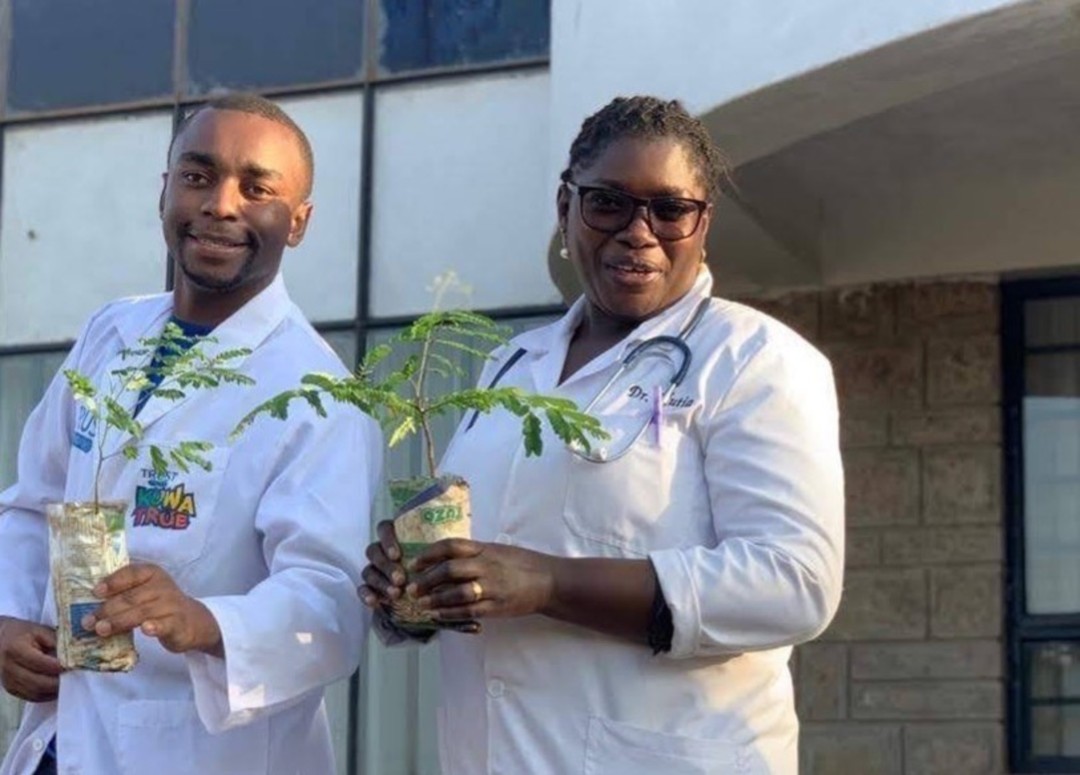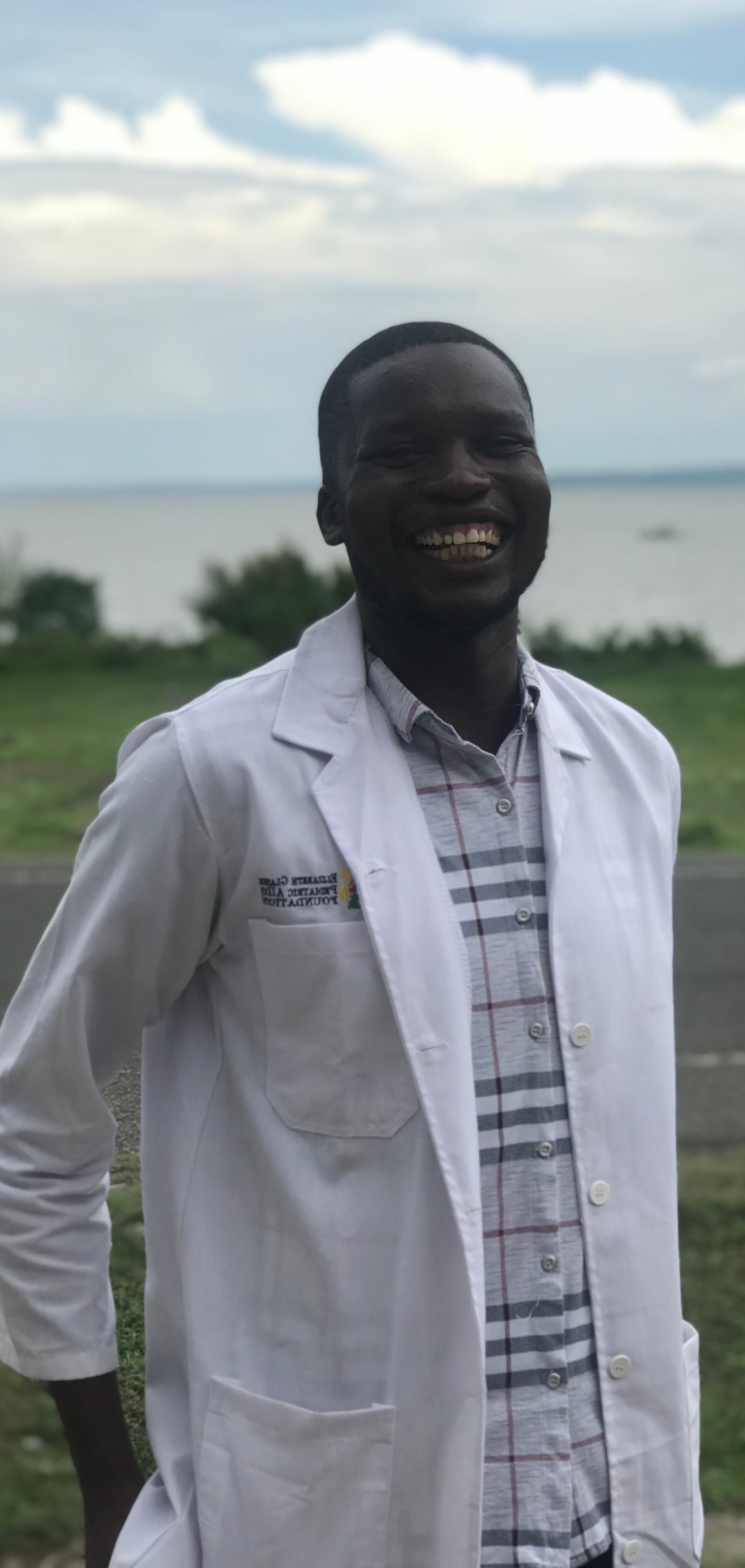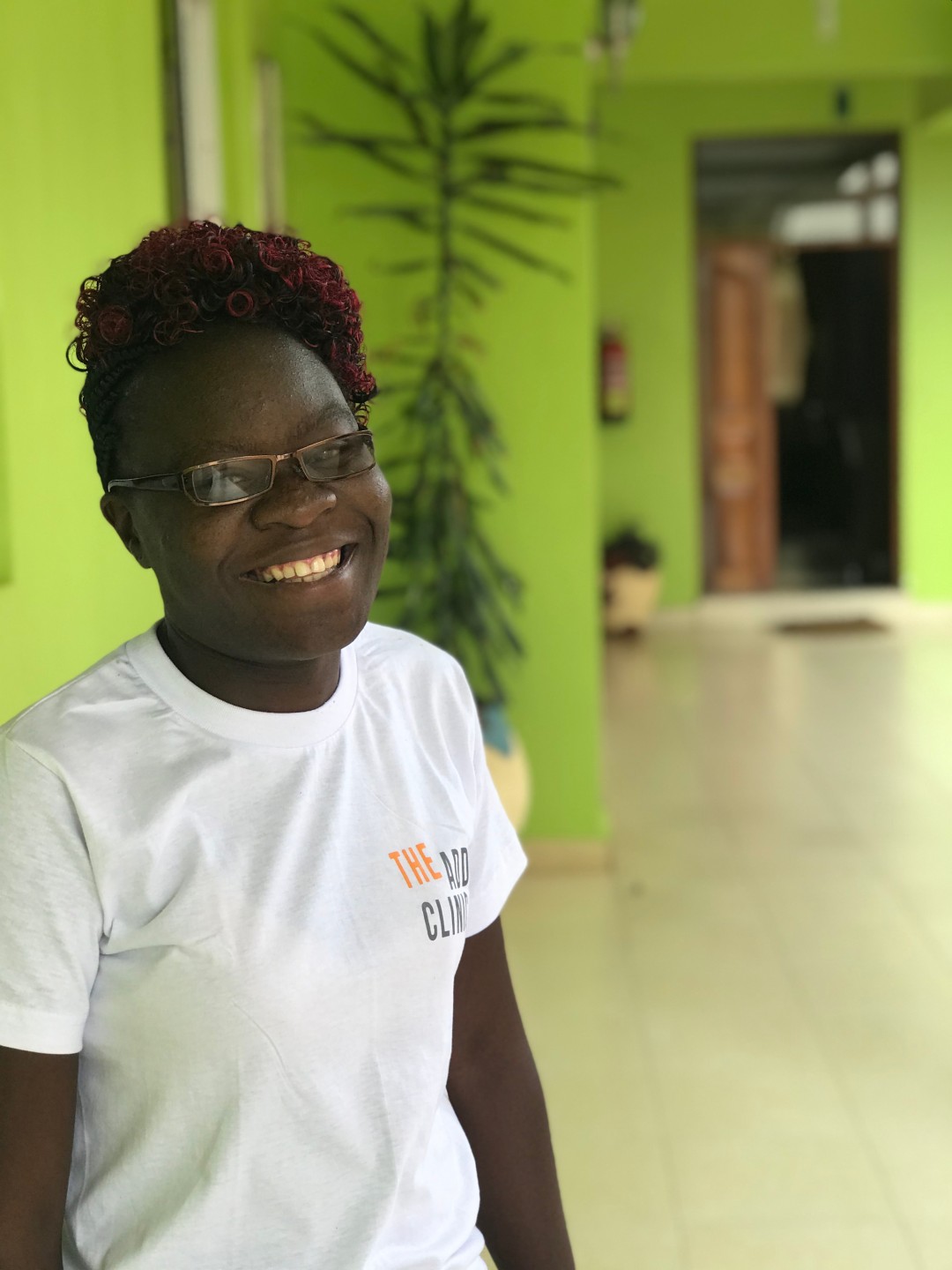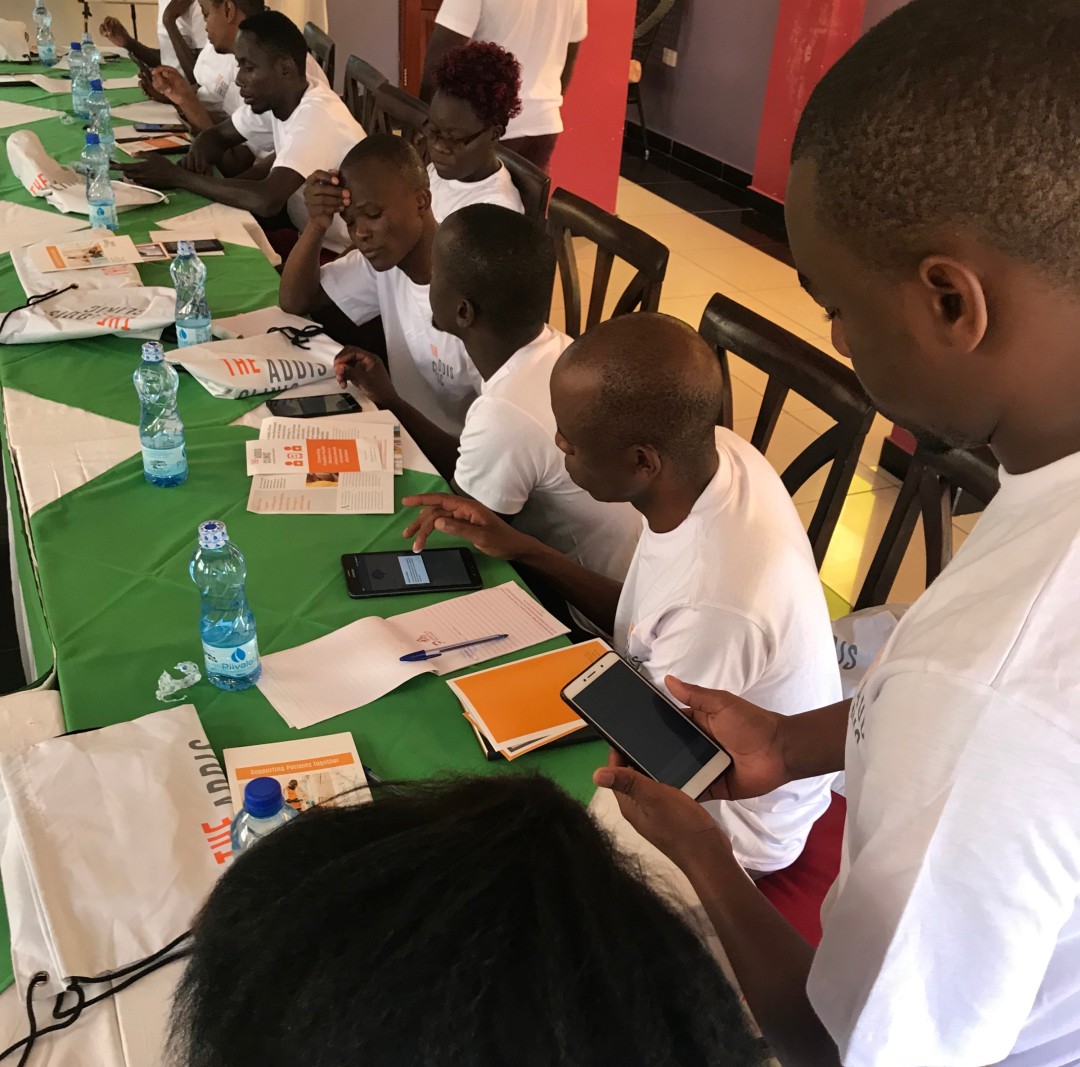Innovative capacity building for frontline healthcare workers
The project led with The Addis Clinic aimed to use telemedicine in rural Kenya in order to offer a practical solution to the critical shortage of skilled health workers and bring quality medical care to those with little or no healthcare access. Over the course of the project, 811 Frontline Health Workers (FHW) were trained in the use of the Addis Clinic Telemedicine app (designed for remote areas where there is little or no internet connectivity) through a customized, in-person quarterly training program. This exceeds the original goal of 360 health workers. Trainings featured how to use telemedicine and select clinical topics intended for lower- and middle-skilled health workers. This ultimately increased the professional skills and knowledge of the workers by providing them with access to more than 200 volunteer physicians around the world. As a result of this project, patients living in extreme poverty in the four counties surrounding Lake Victoria, home to 25,000 people, are accessing better care at a reduced cost in the form of an improved diagnosis and treatment plan. In view of creating a sustainable business model, The Addis Clinic formed a local NGO in Kenya allowing for the expansion of its operations.
Founded in 2009, The Addis Clinic is a registered not-for-profit in the USA. It aims to utilize telemedicine to care for people living in medically underserved areas, to connect volunteer physicians with global health challenges and to provide support to local partner organizations and frontline health workers.
News




Kenya
Population
49.7 million (2017)
Per Capita Income
USD 1,460/year (2017)
Poverty rate *
36% (2015)
Literacy rate
79% (2016)
Human Development Index
142nd out of 189 countries (2018)
Kenya’s macro-economic conditions have progressed over the past decade, improving the welfare of its population. However, a quarter of its population lives in urban informal settlements, arid and semi-arid rural areas and remain vulnerable to poverty, conflict, structural underdevelopment and disease. Even though national absolute poverty has declined overall, it remains high compared with neighbouring countries. Primary school enrolment has reached 100%. Access to household services such as electricity, improved drinking water and sanitation has steadily increased, even though coverage remains low (23%, 47% and 33% respectively). Youth unemployment and vulnerability to climate change remain key challenges.
Sources: World Food Program, UNICEF, World Bank, 2016 Human Development Report, Human Development Indices and Indicators (2018 Statistical Update)
*The percentage of the population living below the national poverty line.